Amsterdam is often portrayed as a city of picturesque canals and cyclists zipping through narrow streets. While these iconic elements certainly define the city’s character, there’s much more to explore beyond the typical tourist activities.
The Dutch capital offers an incredible range of experiences that many visitors miss when they stick to the standard attractions. Here is a list of 20 alternative activities in Amsterdam that do not involve canal cruises or bicycle rentals.
Secret Gardens
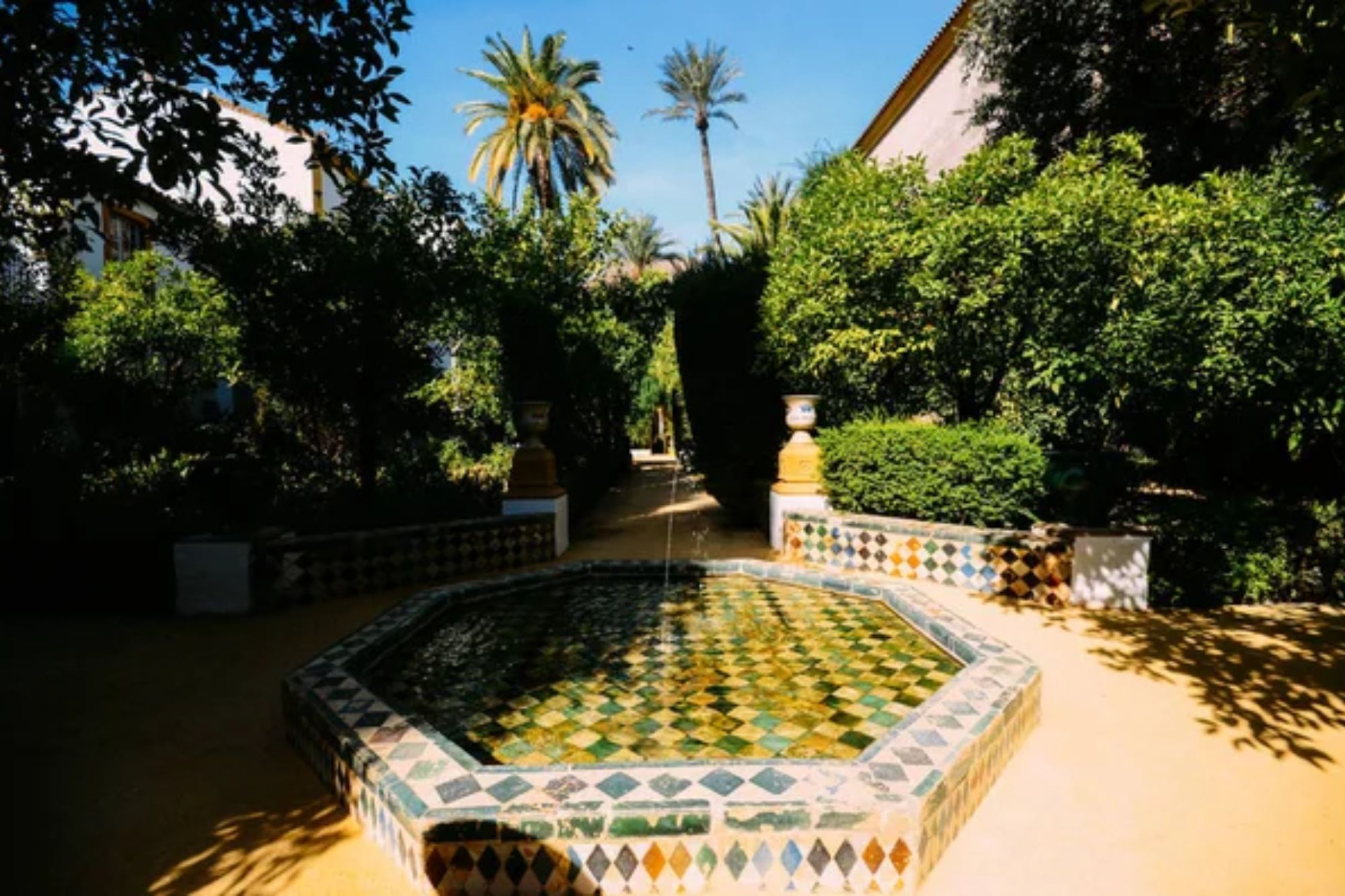
Amsterdam has dozens of private gardens called ‘hofjes’ that are open to the public on specific days. These peaceful sanctuaries date back to the Middle Ages and offer a quiet retreat from the city’s bustle.
The Begijnhof near Spui Square maintains its 14th-century charm, with a central courtyard surrounded by historic homes that are still inhabited today.
Indonesian Feasts

The Netherlands’ colonial history introduced Indonesian cuisine, which evolved into a distinctive Dutch-Indonesian fusion. Try a traditional rijsttafel (rice table) featuring dozens of small, flavorful dishes served alongside rice.
Restaurant Blauw serves one of the city’s most impressive spreads, showcasing Indonesia’s complex flavors, from mild to spicy.
Record Store Hunting
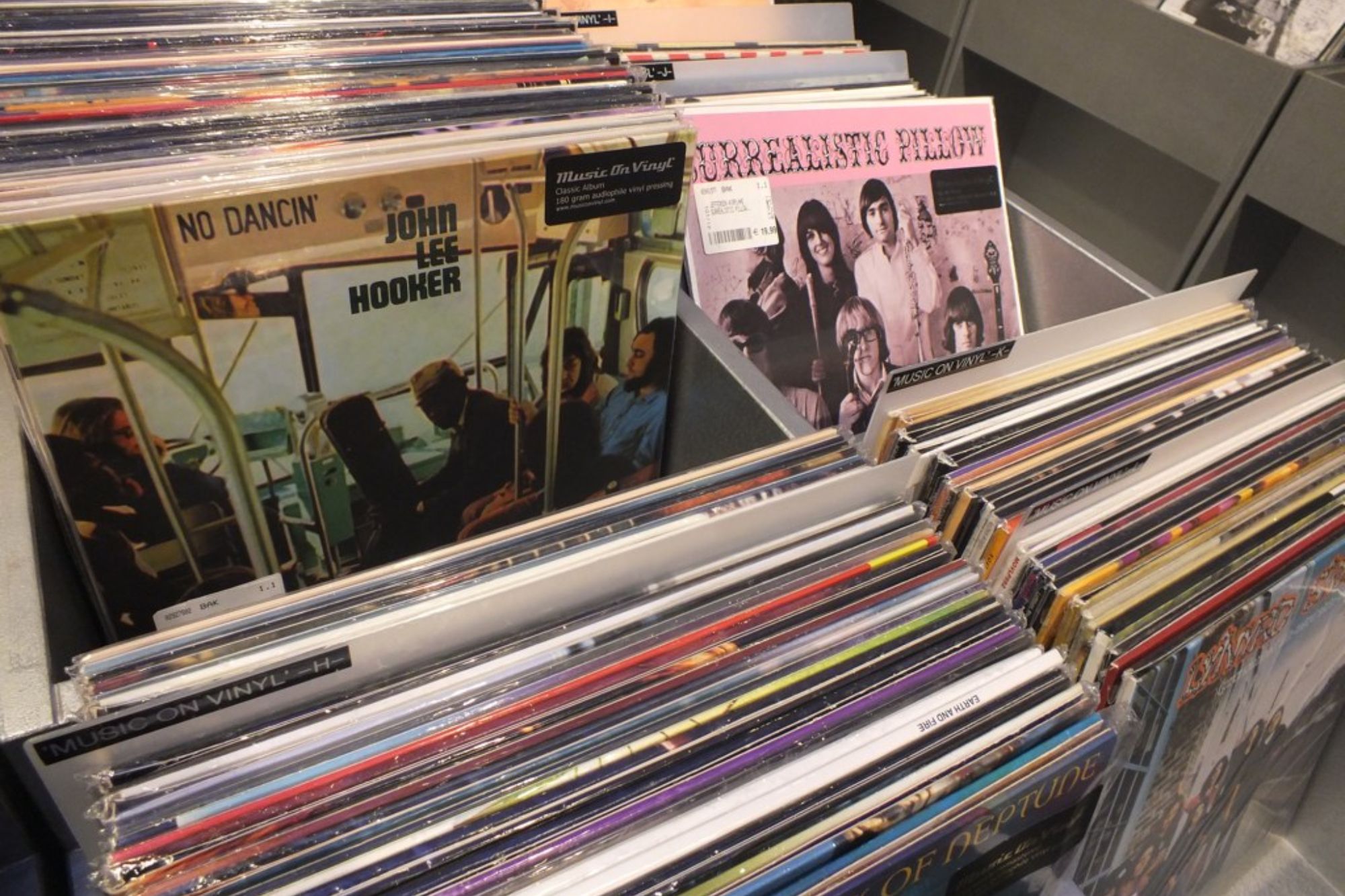
Amsterdam boasts a thriving vinyl culture, with shops catering to every musical taste. Rush Hour Records in the Jordaan neighborhood stocks rare electronic music, while Concerto spans five connected buildings with rooms devoted to different genres.
The knowledgeable staff often includes musicians who can guide you to discoveries you won’t find on streaming services.
Like Travel Pug’s content? Follow us on MSN.
Hidden Churches
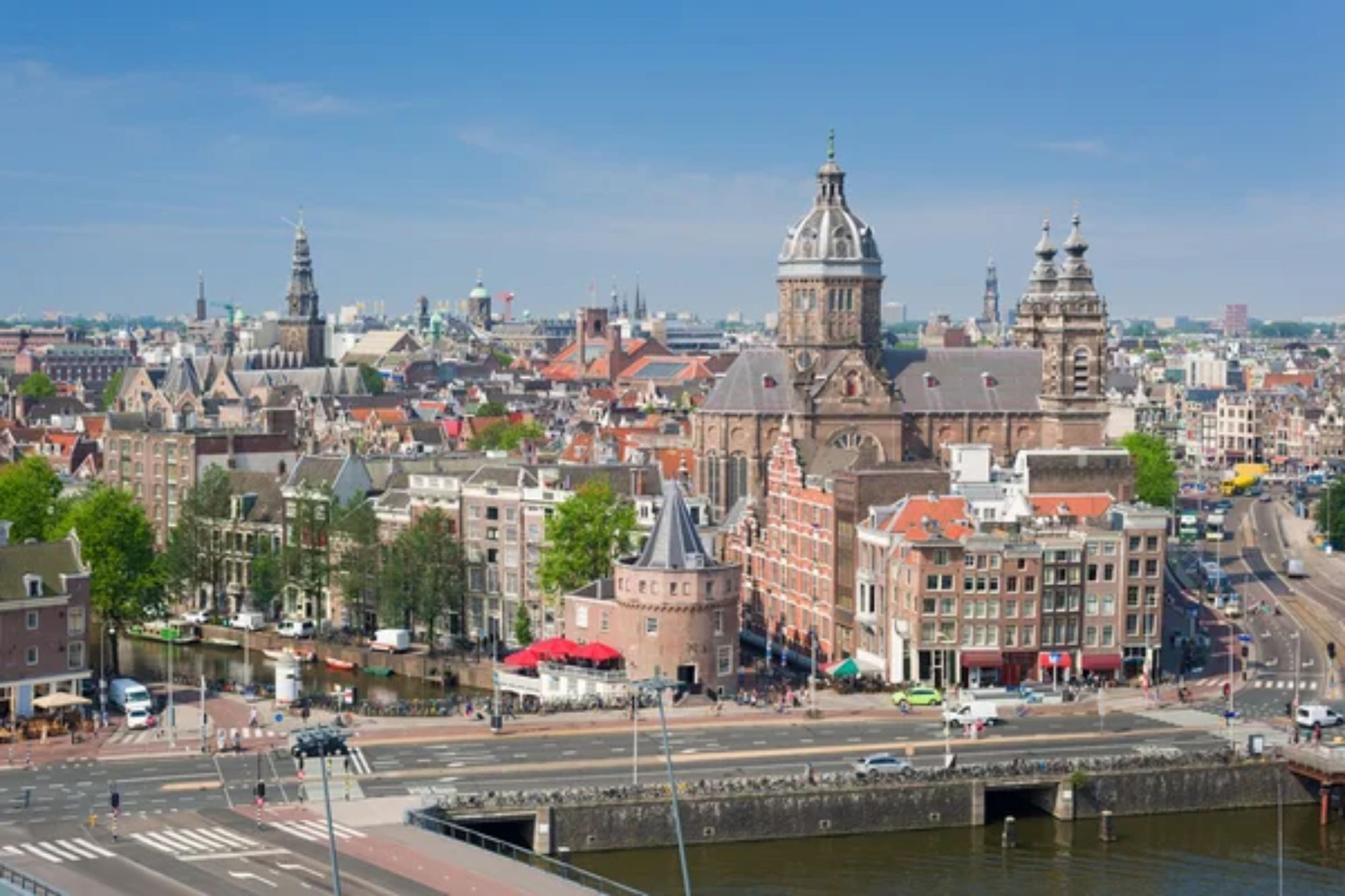
The Oude Kerk (Old Church, located in the Red Light District, is Amsterdam’s oldest building and offers insight into its religious history. Even more intriguing are the “hidden churches” like Museum Ons’ Lieve Heer op Solder (Our Lord in the Attic)—a fully preserved 17th-century Catholic church tucked inside a merchant’s house, dating from a time of religious persecution.
Cocktail Speakeasies
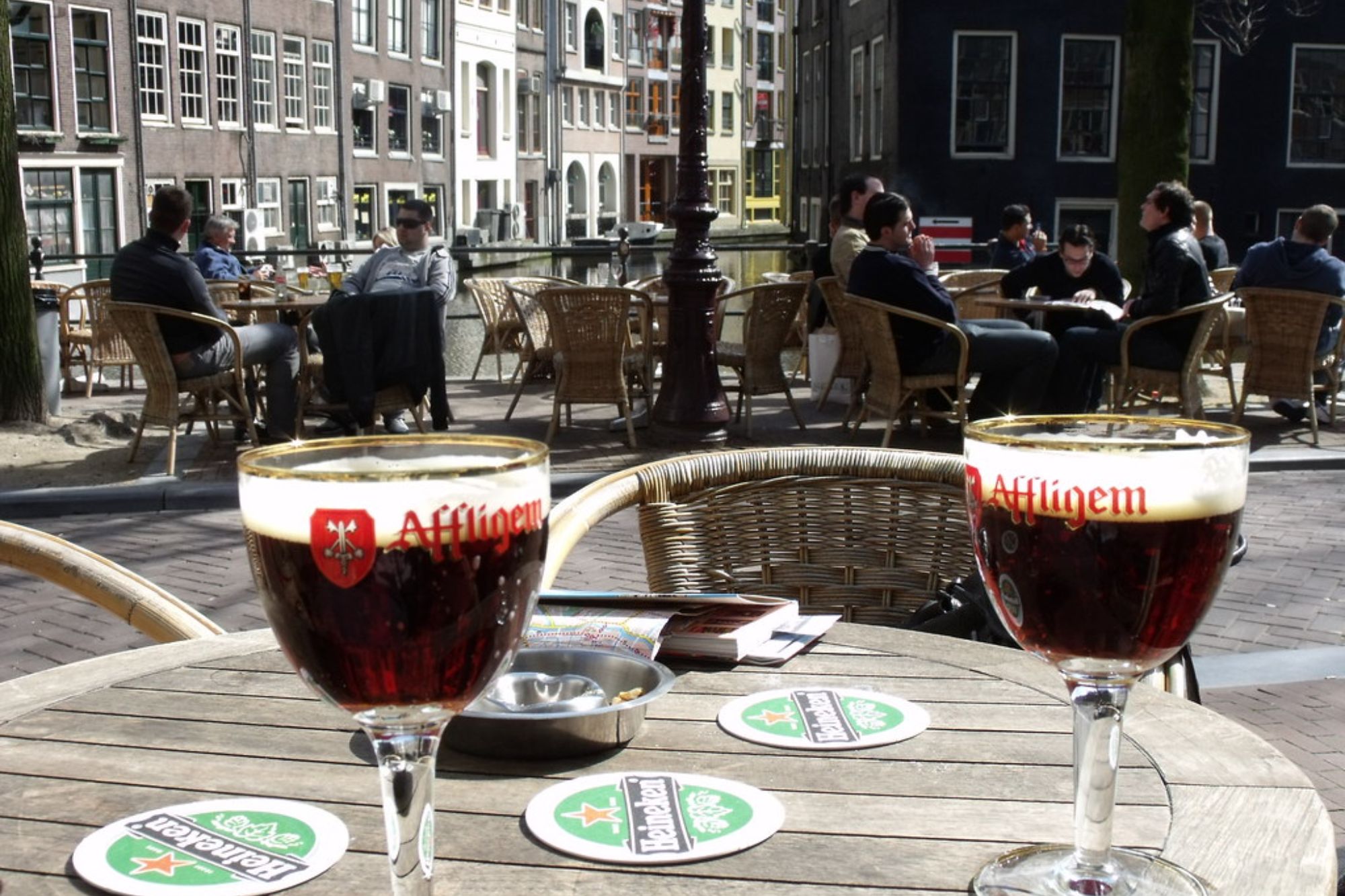
Behind unmarked doors and down nondescript alleys, Amsterdam hides sophisticated cocktail bars that transport you to another era. Door 74 requires a same-day reservation text message for its location, while Tales & Spirits crafts inventive concoctions in a historic building.
The bartenders often create personalized drinks based on your taste preferences rather than a standard menu.
Local Markets
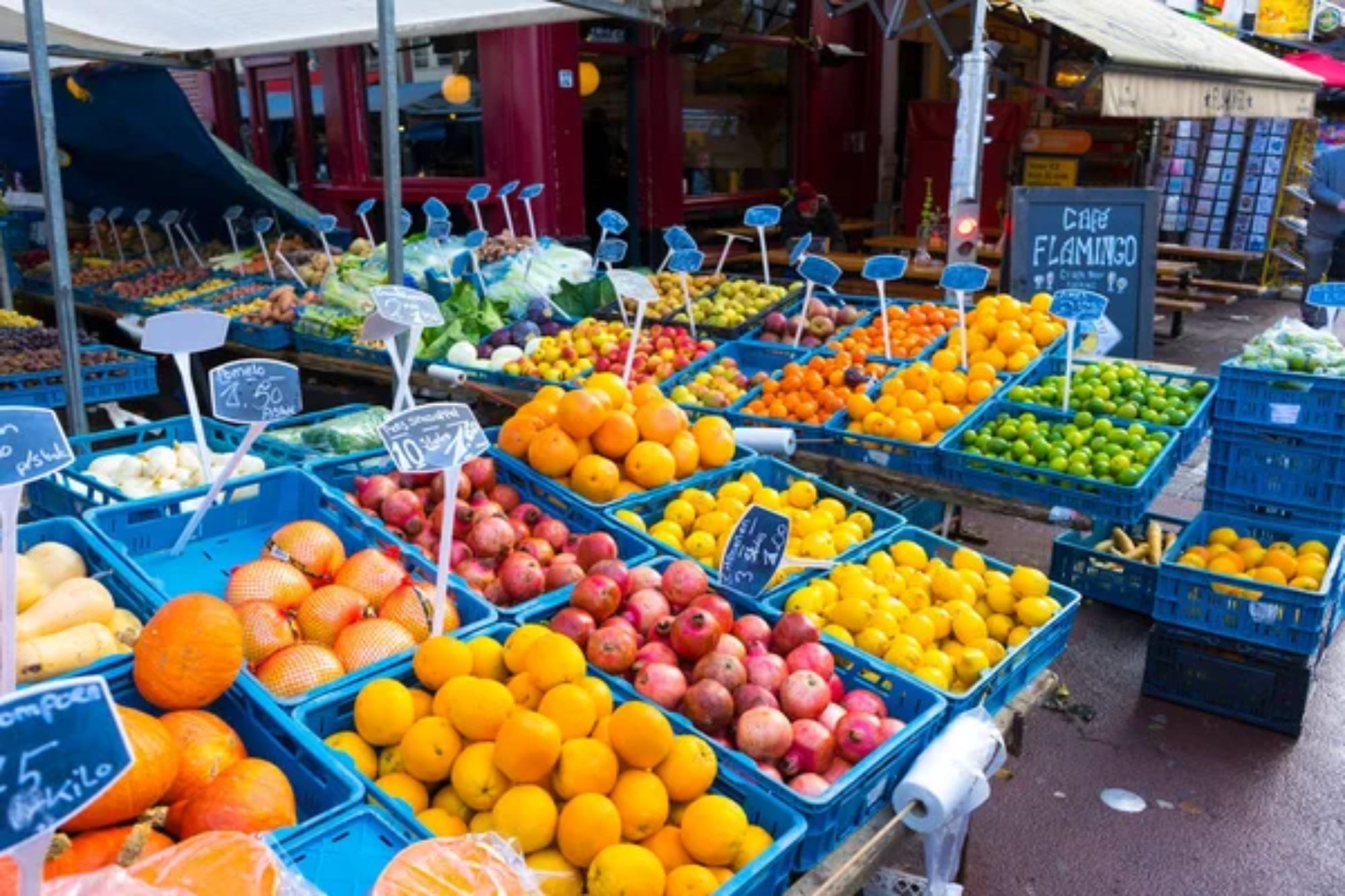
Albert Cuyp Market in the De Pijp neighborhood stretches nearly half a mile and features stalls selling everything from fresh stroopwafels to vintage clothing. For a more eclectic experience, the Waterlooplein Market features an array of antiques, records, and oddities, and haggling is expected.
The vendors often have fascinating stories about their merchandise if you take the time to chat.
Like Travel Pug’s content? Follow us on MSN.
Microbreweries

Beyond the Heineken Experience, Amsterdam’s craft beer scene thrives in converted bathhouses, windmills, and historic buildings. Brouwerij ‘t IJ operates in a traditional windmill, serving unique brews like IJwit wheat beer, while Oedipus Brewing in Amsterdam Noord experiments with bold flavors in a converted warehouse space. These smaller operations often use local ingredients in limited batches you won’t find elsewhere.
Vintage Shopping
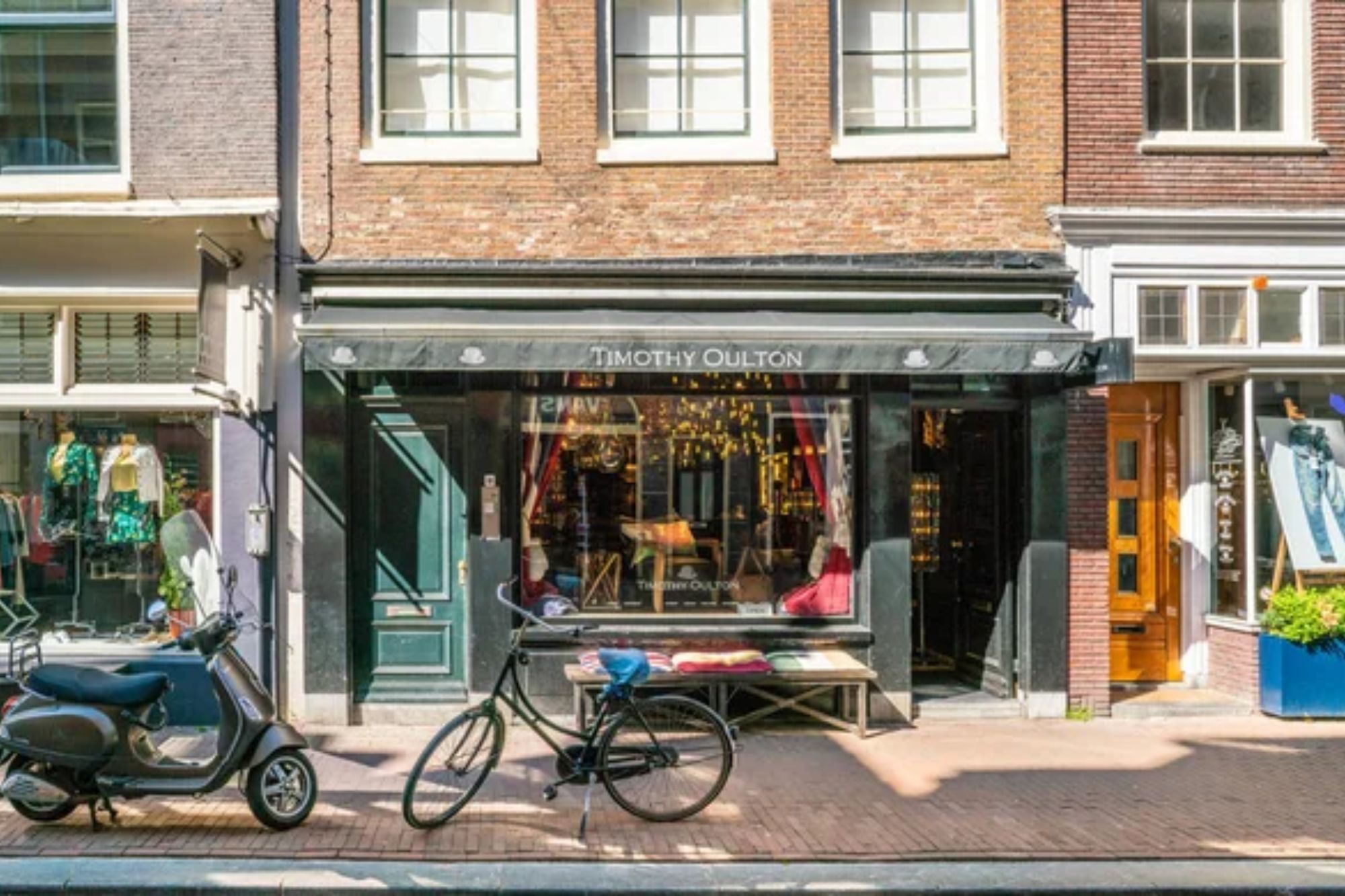
The Nine Streets (De Negen Straatjes) area has some of Europe’s finest vintage and second-hand stores in a picturesque web of canals. Think Twice curates high-end designer pieces, and Episode sells clothing by the kilo.
Many items are labeled with their era and origin, making the shopping experience a walk through fashion history.
Modern Architecture
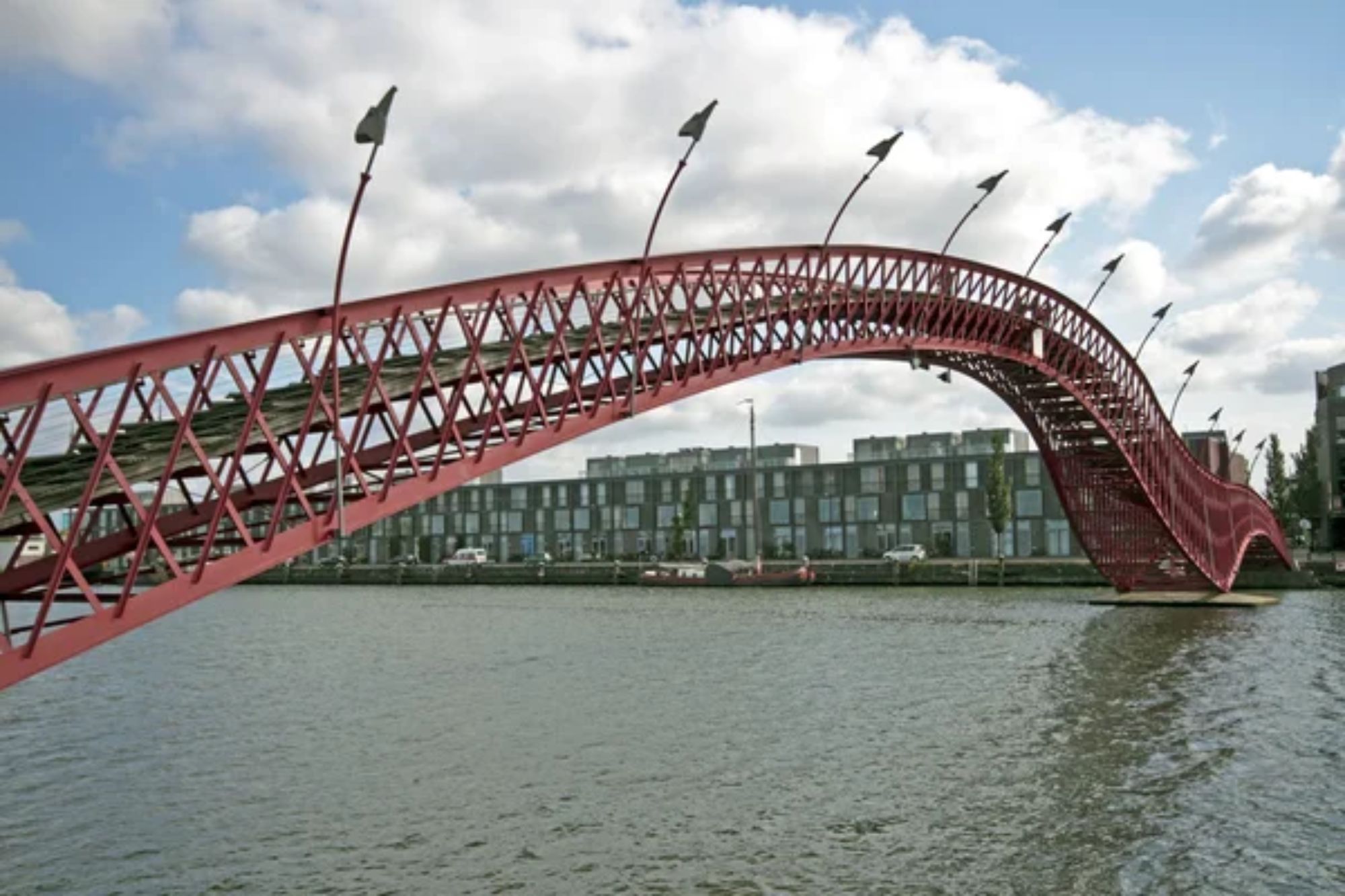
While historic architecture dominates downtown Amsterdam, the eastern docklands reveal bold modern designs. The imposing Python Bridge, in a bright red sinuous shape, weaves over the water, while the EYE Film Museum looks like a spacecraft that landed on the harbor front.
The contrast between these modern buildings and 17th-century canal houses reveals Amsterdam’s adaptability.
Like Travel Pug’s content? Follow us on MSN.
Coffee Culture
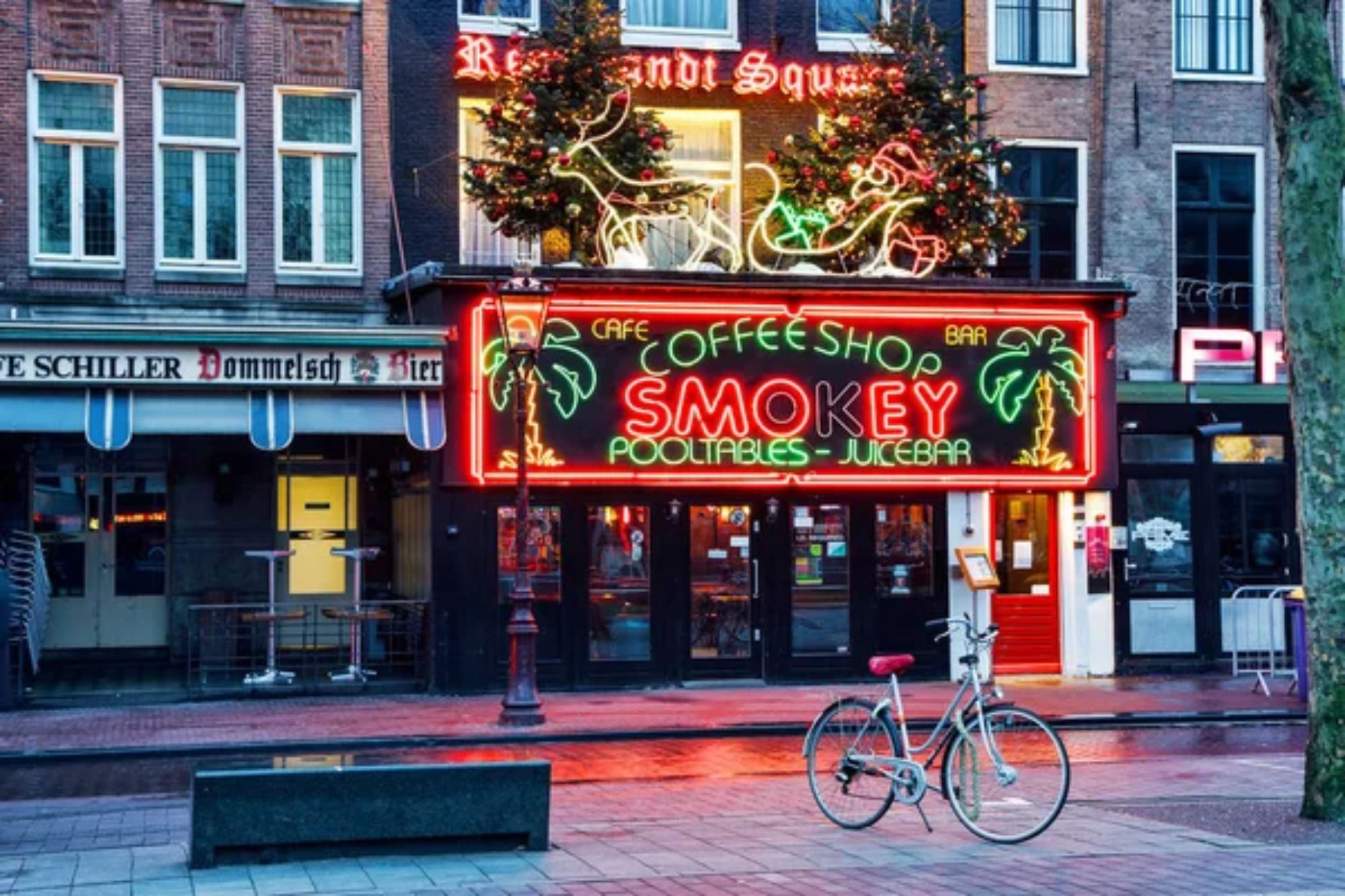
Dutch coffee culture extends far beyond the famous ‘coffeeshops.’ Third-wave cafés like Screaming Beans and Bocca Coffee serve meticulously prepared drinks from single-origin beans in spaces designed for lingering.
Baristas often explain their roasting processes and brewing methods with the same detail as wine sommeliers discussing vintage years.
Neighborhood Festivals
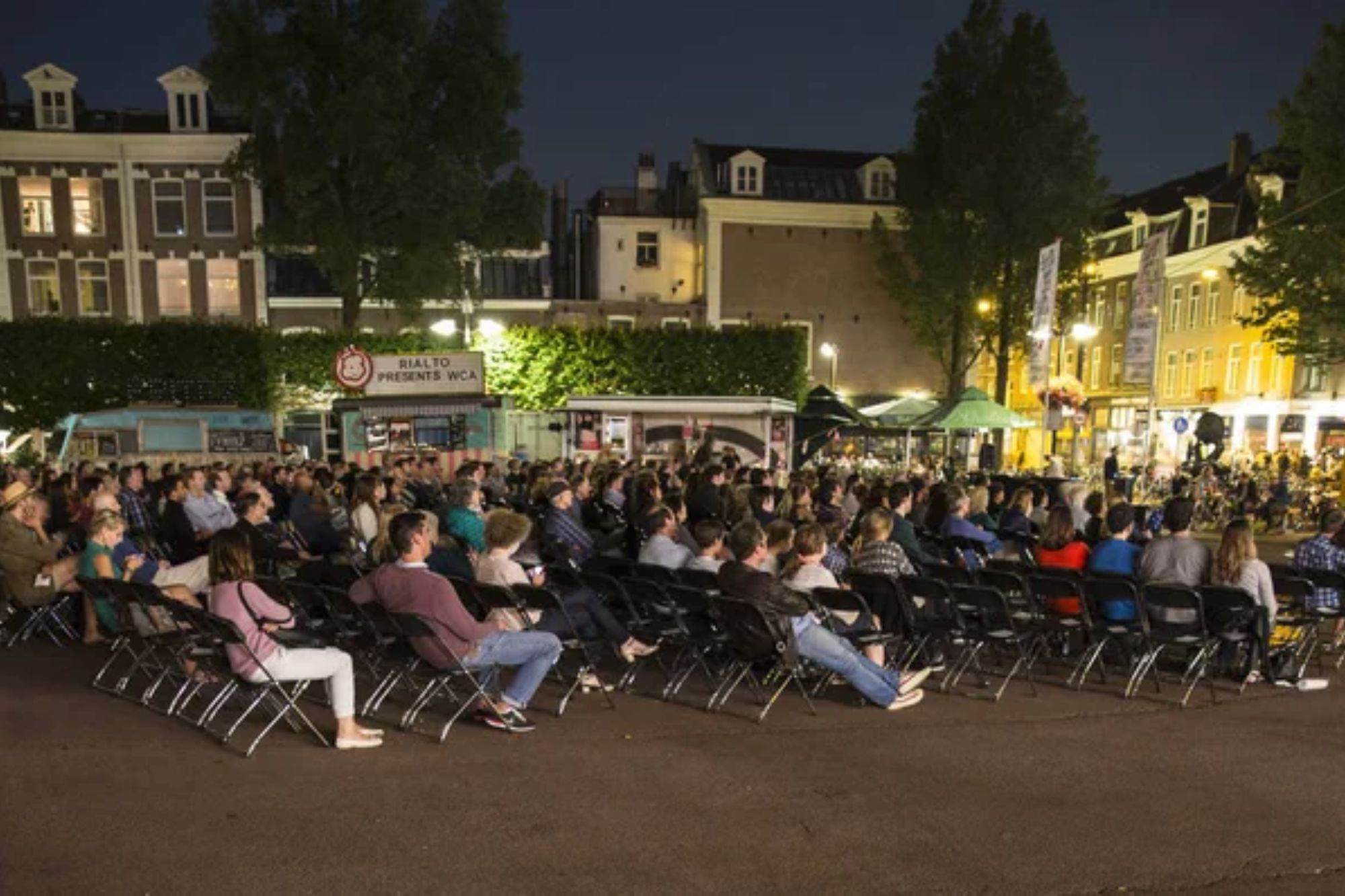
Almost every Amsterdam neighborhood hosts its street festival during the summer months. The Jordaan Festival brings folk music and traditional games to streets lined with food stalls, while the SAIL Amsterdam event transforms the harbor with tall ships every five years.
These local celebrations reveal Amsterdam’s culture, which tourists rarely witness on standard visits.
Contemporary Art
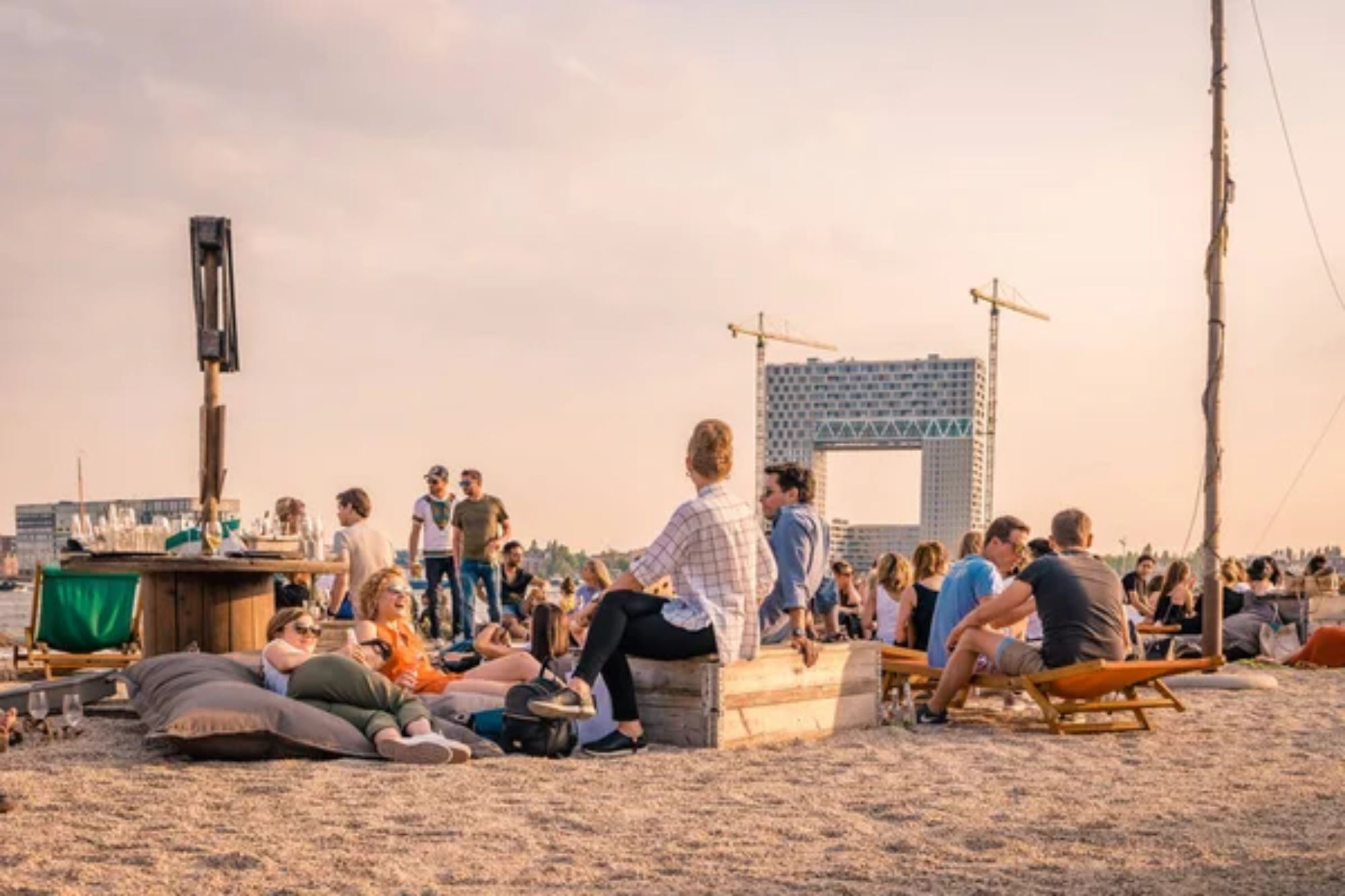
Beyond the famous Rijksmuseum and Van Gogh Museum, Amsterdam’s contemporary art scene flourishes in converted industrial spaces. NDSM Wharf, a former shipyard, now houses massive murals, installation art, and experimental galleries in its cavernous buildings.
The Stedelijk Museum showcases provocative modern works in a building nicknamed ‘the bathtub’ for its distinctive shape.
Like Travel Pug’s content? Follow us on MSN.
Literary Heritage
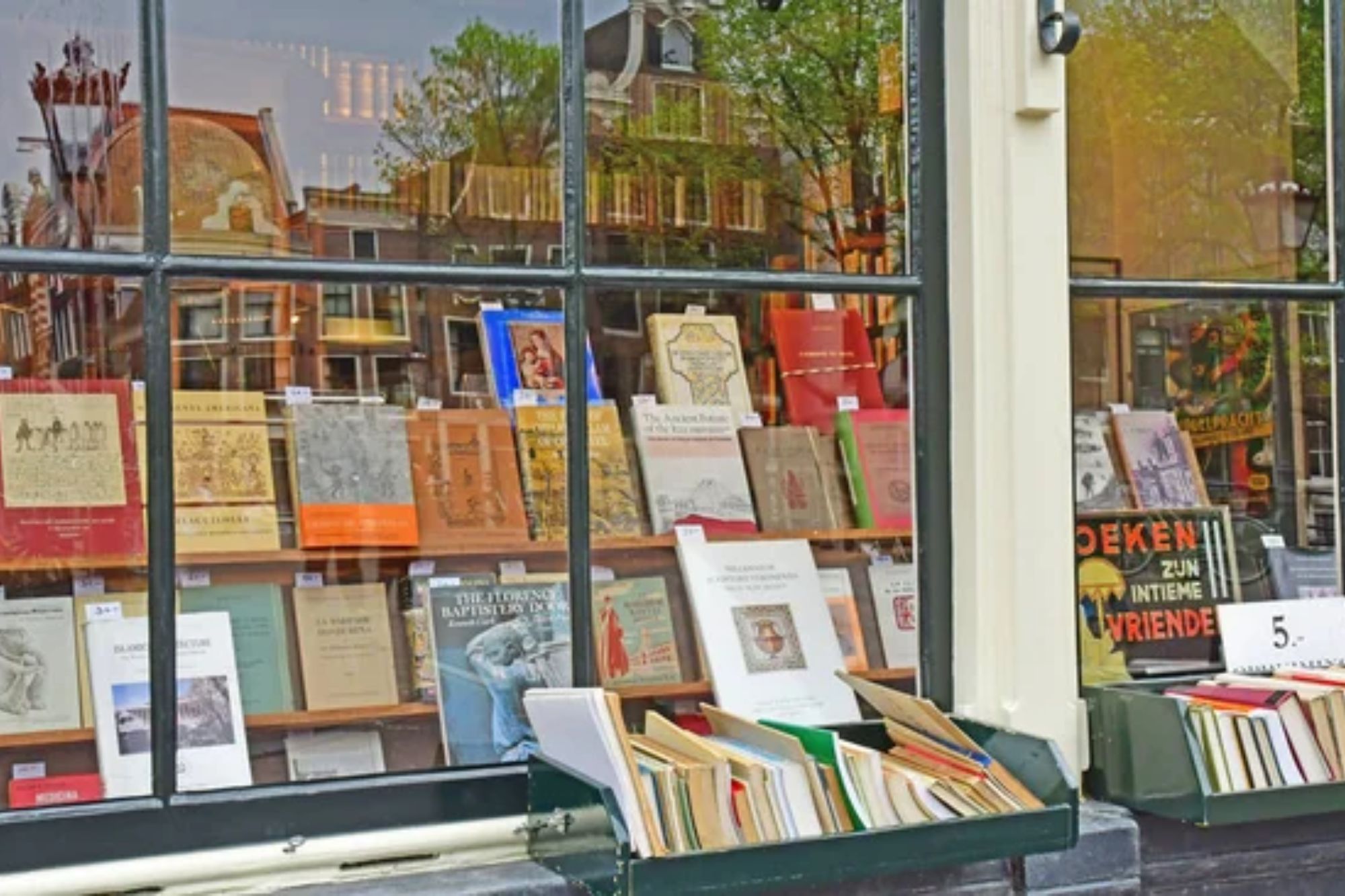
Amsterdam’s literary history spans centuries, from philosophers like Spinoza to Anne Frank’s powerful diary. The American Book Center hosts readings by international authors in a beautiful spiral-staircased space, while the OBA (public library) offers panoramic city views alongside impressive collections.
Small bookshops like Perdu specialize in poetry and host intimate readings by acclaimed writers.
Hidden Cinemas
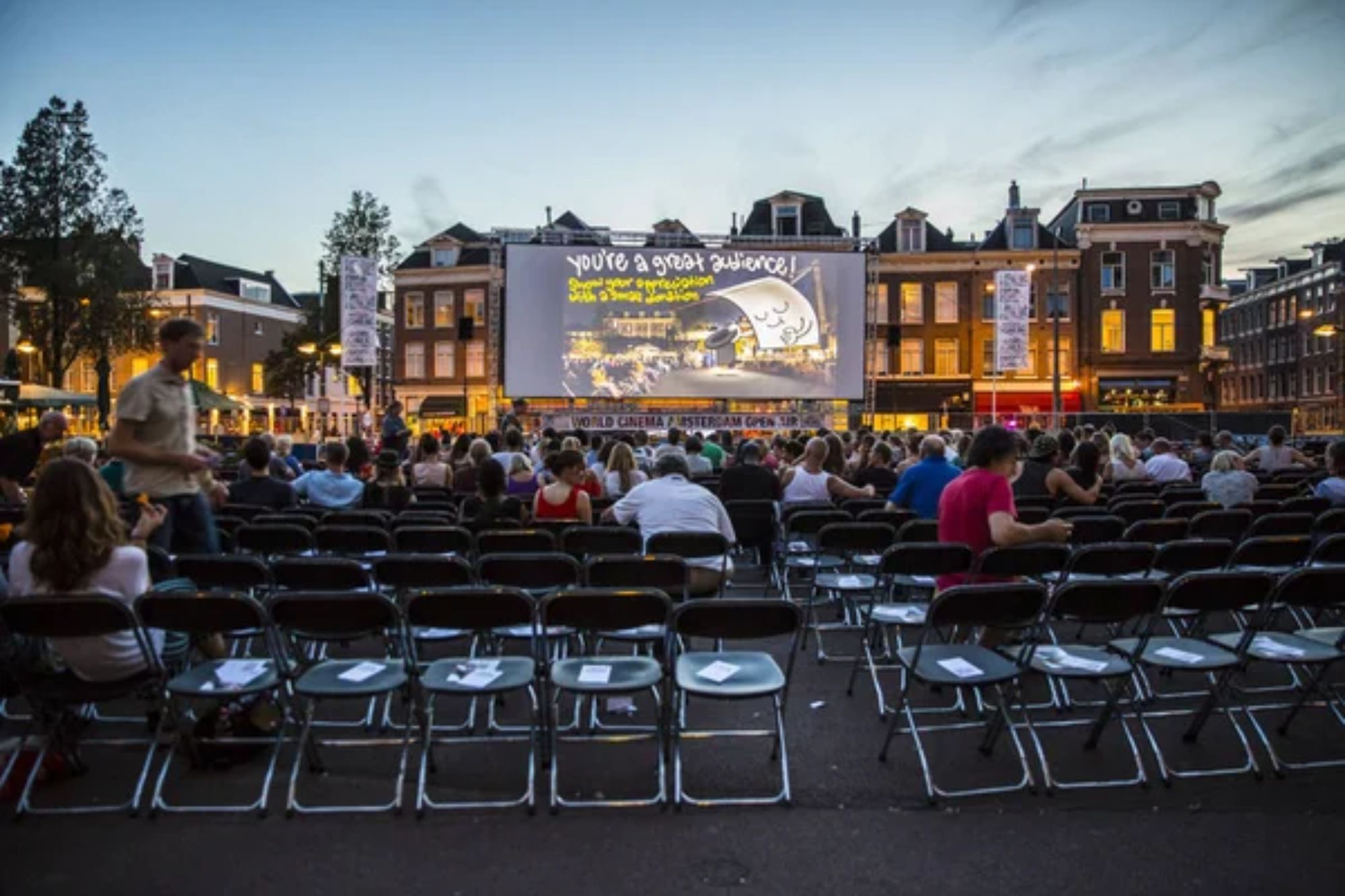
Movie theaters in Amsterdam range from opulent restored venues to intimate art houses. The Pathé Tuschinski near Rembrandtplein dazzles with its Art Deco interior, which mixes styles from Art Nouveau to Amsterdam School design.
Kriterion has been run entirely by students for more experimental fare since 1945. It shows independent films in a relaxed setting with a popular café.
Chocolate Workshops
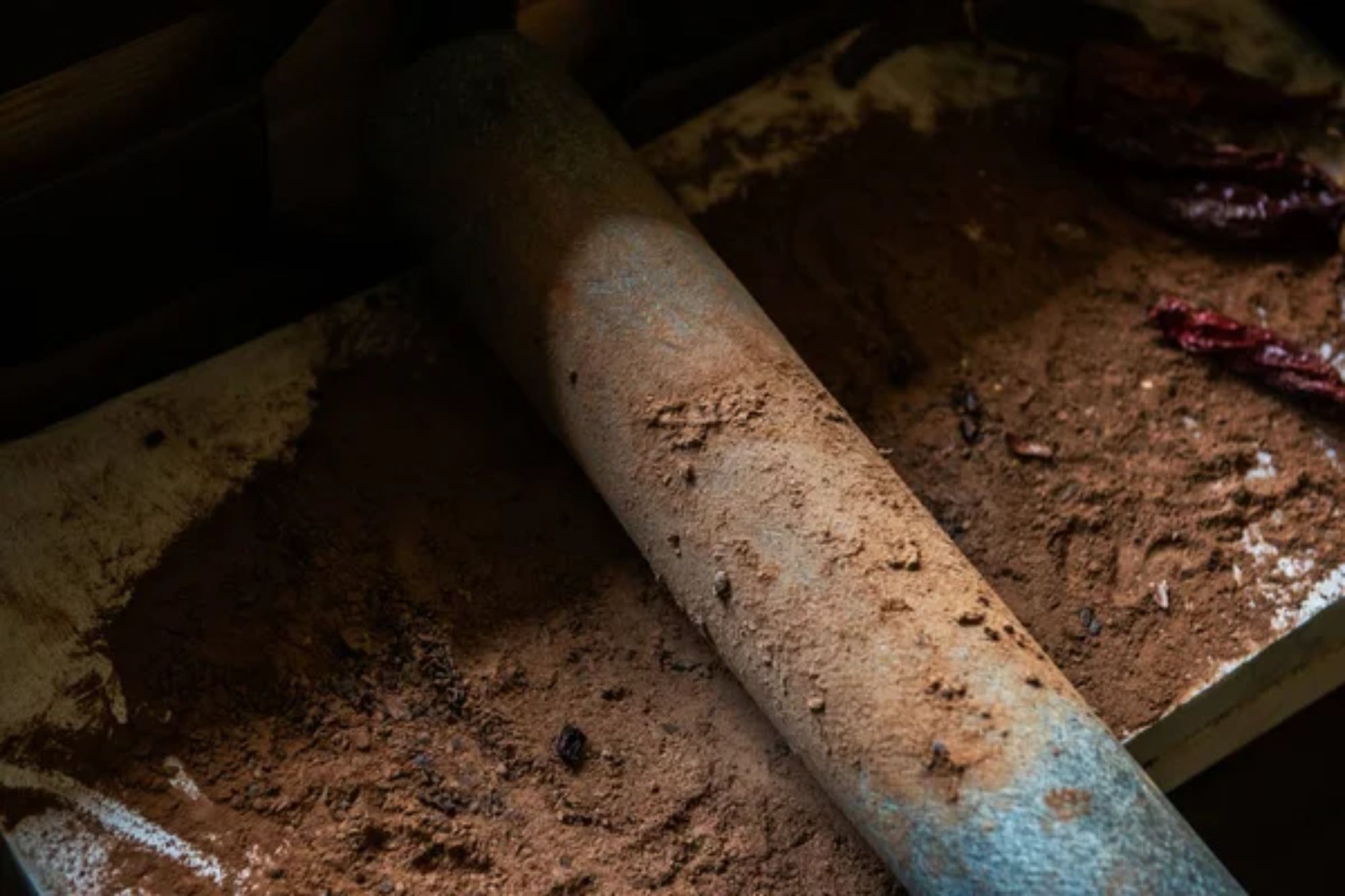
Dutch chocolate production blends European methods with colonial flavor influences from cocoa-producing areas. Chocolaterie Pierre provides workshops where tourists learn tempering methods and flavor pairings to make their bars.
The Metropolitan Chocolate Factory turns single-origin beans into small-batch chocolates with exotic flavor pairings such as orange-rosemary or cardamom-sea salt.
Like Travel Pug’s content? Follow us on MSN.
Clandestine Museums
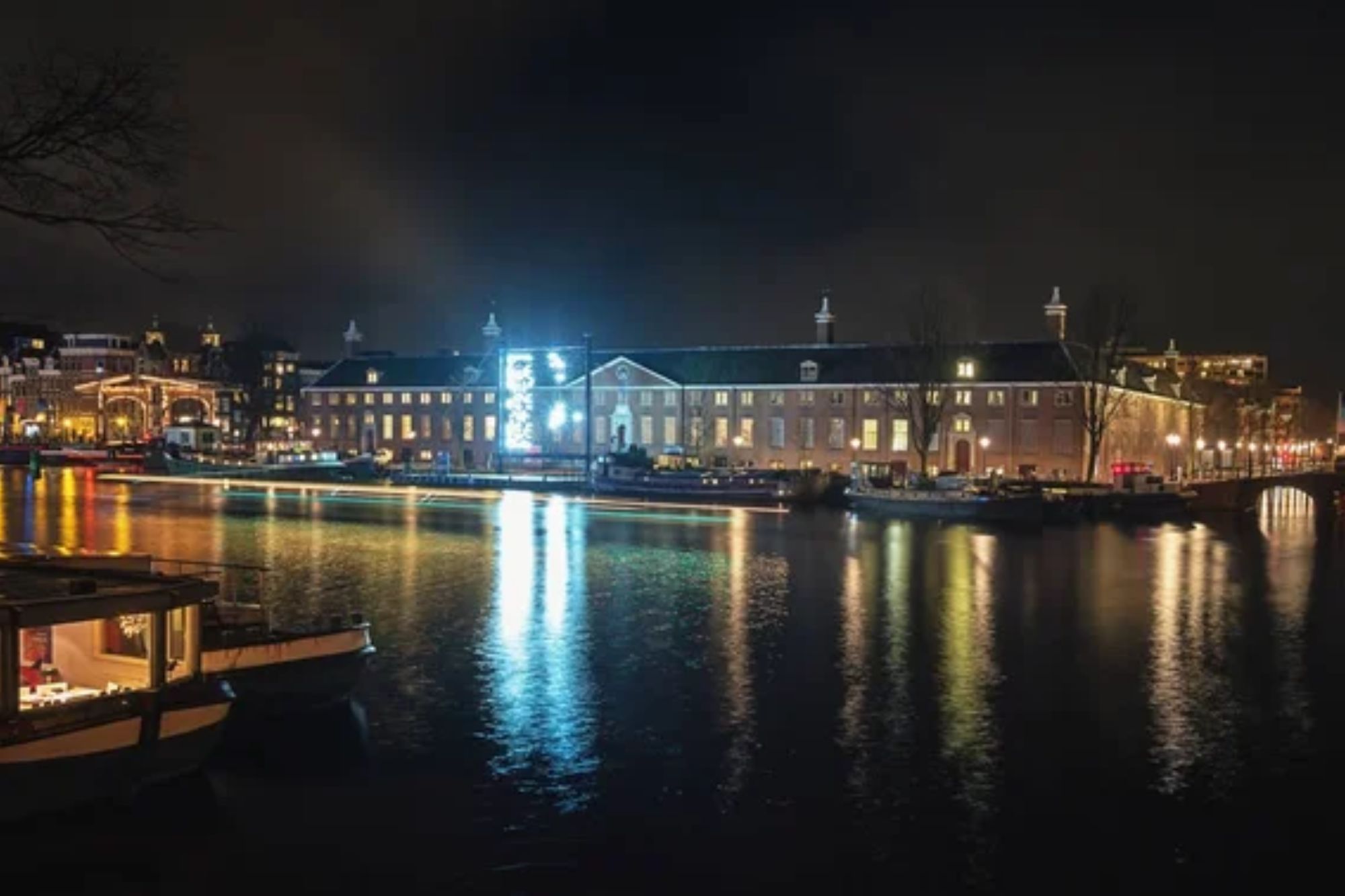
Beyond the major institutions, Amsterdam maintains quirky, specialized museums that attract few tourists. The Houseboat Museum shows the reality of living on the canals, while Micropia reveals the invisible world of microorganisms in fascinating interactive exhibits.
Electric Ladyland bills itself as the ‘first museum of fluorescent art’ with rooms that glow under ultraviolet light.
Jazz Clubs

The Dutch jazz scene rivals its European counterparts with sophisticated and gritty venues. Bimhuis, perched like a black box overlooking the water, hosts world-class performers in perfect acoustics. At the same time, the more intimate Café Alto packs enthusiasts into a tiny space where the audience sits inches from musicians.
Many venues continue Amsterdam’s tradition of late-night jam sessions that start after scheduled performances end.
Waterland Cycling
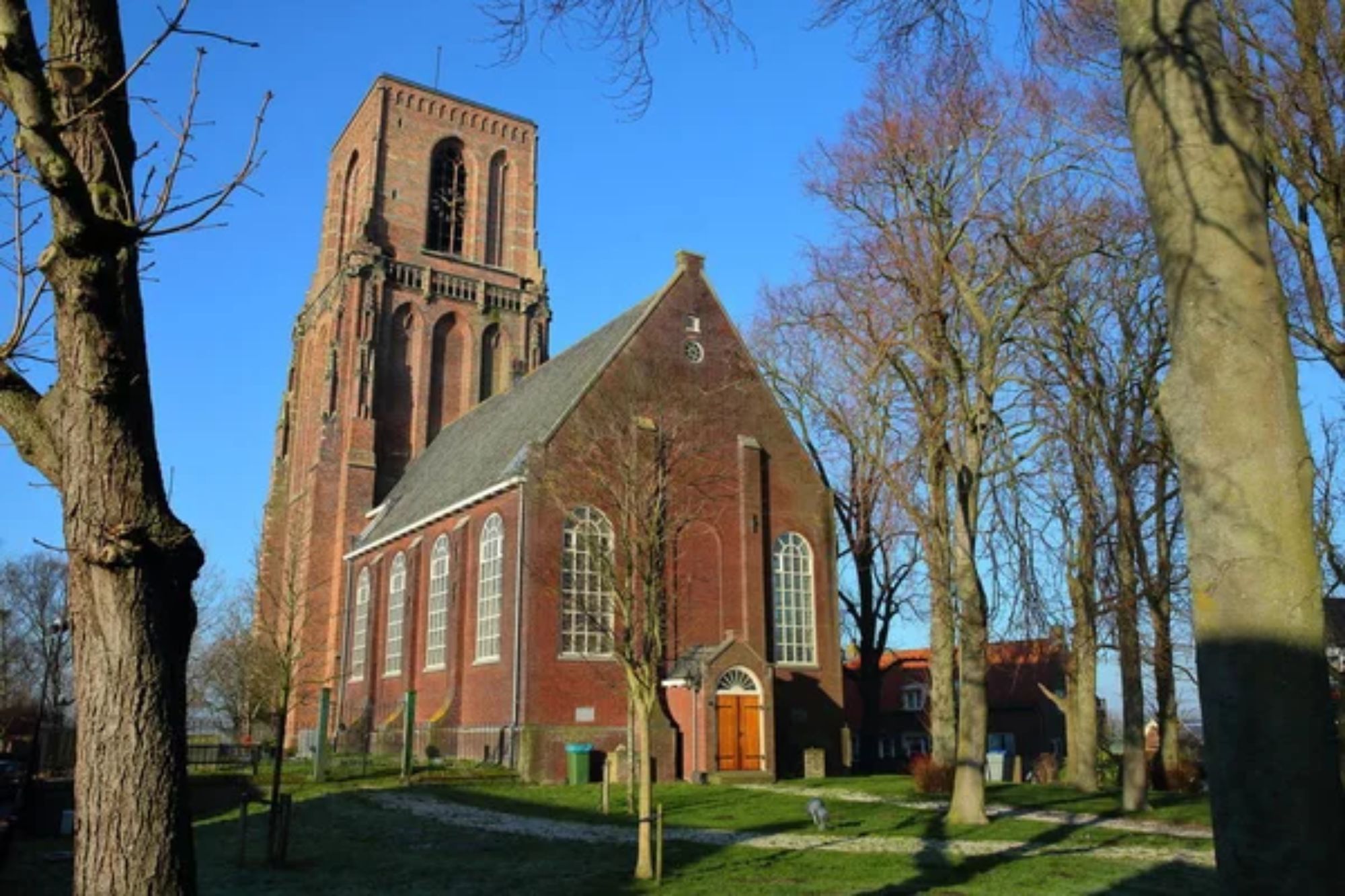
Just north of Amsterdam, the Waterland region offers pastoral landscapes seemingly untouched by time. Small villages like Ransdorp and Holysloot connect via quiet roads passing farms where cheese is still made by hand.
The flat terrain makes for easy riding, with windmills dotting the horizon and flocks of migratory birds filling the skies in spring and fall.
Like Travel Pug’s content? Follow us on MSN.
Hidden Beaches
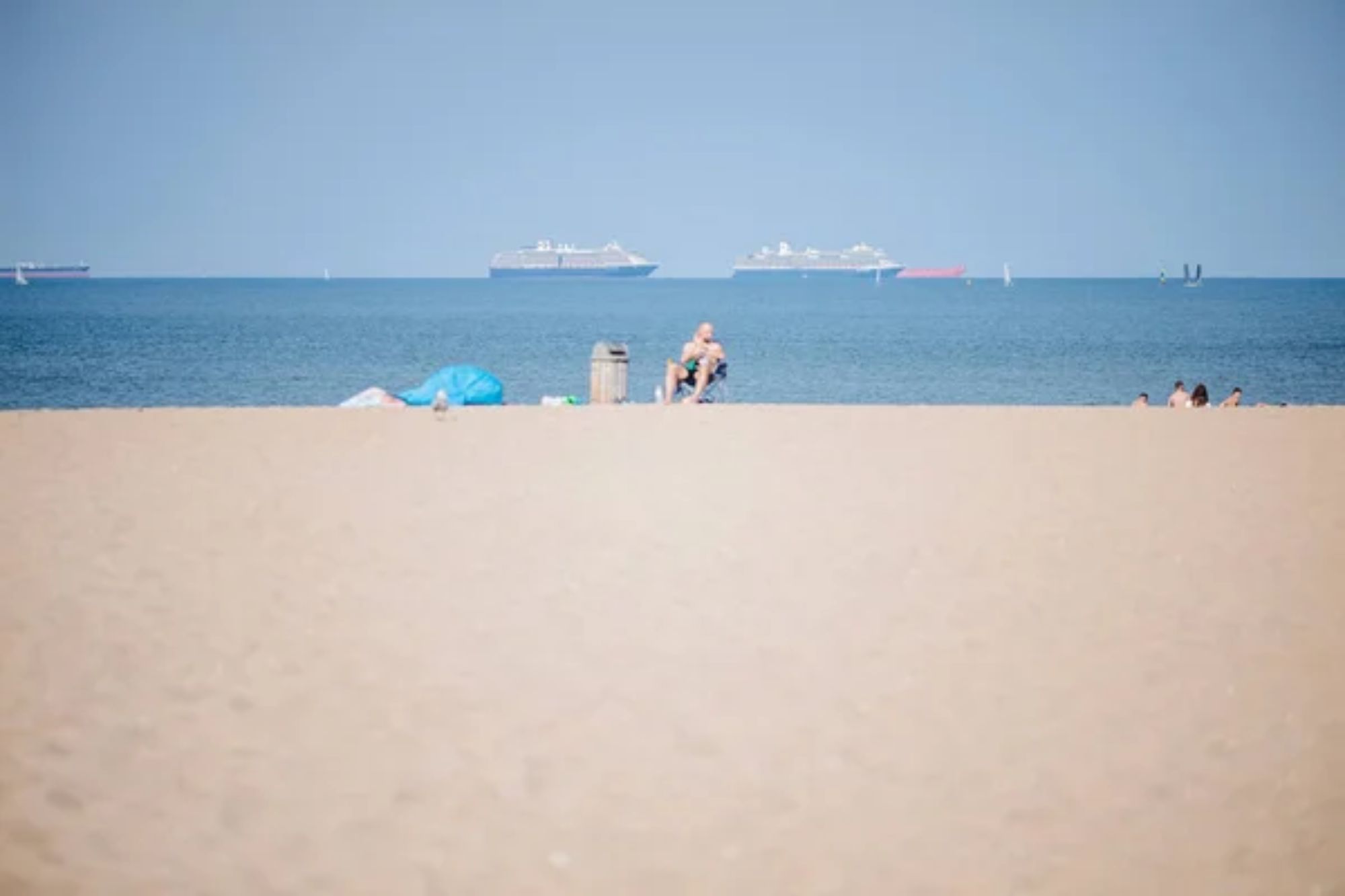
Few visitors realize Amsterdam has urban beaches where locals relax during summer. Strand Zuid creates a resort atmosphere with lounge chairs and volleyball courts, while Pllek in Amsterdam Noord constructed a beach from shipped-in sand beside repurposed shipping containers housing restaurants and bars.
The cool waters of the IJ provide relief during increasingly warm Amsterdam summers.
Legacy of Migrations
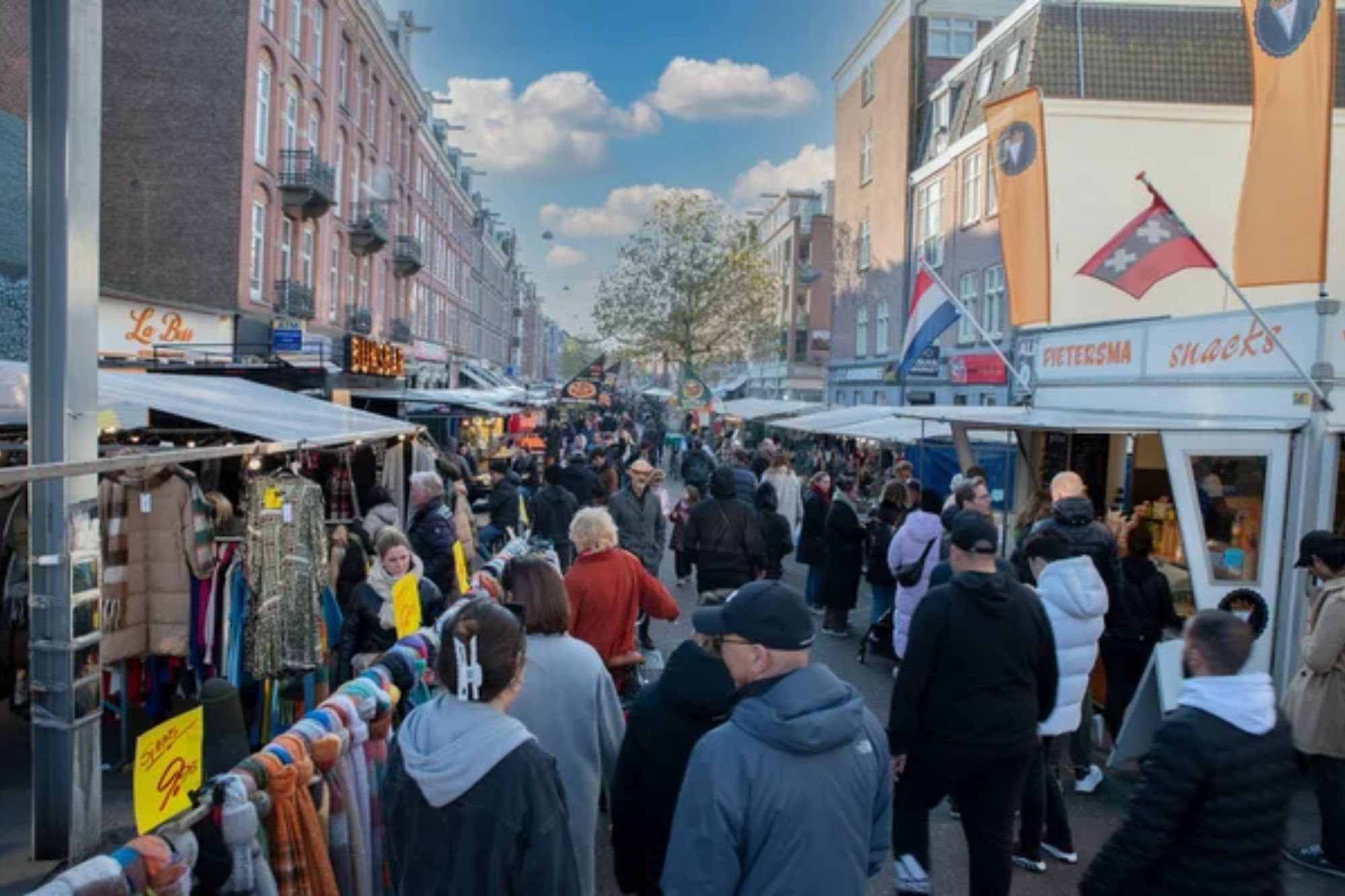
Amsterdam’s cultural scene speaks to centuries of migration, reflected in its multifaceted neighborhoods. The Indische Buurt presents Surinamese and Indonesian influences at restaurants and stores, while the colorful streets of Albert Cuypmarkt unveil Moroccan, Turkish, and Ghanaian communities.
All these neighborhoods are real international experiences without crossing the city boundaries.
The Soul of Amsterdam
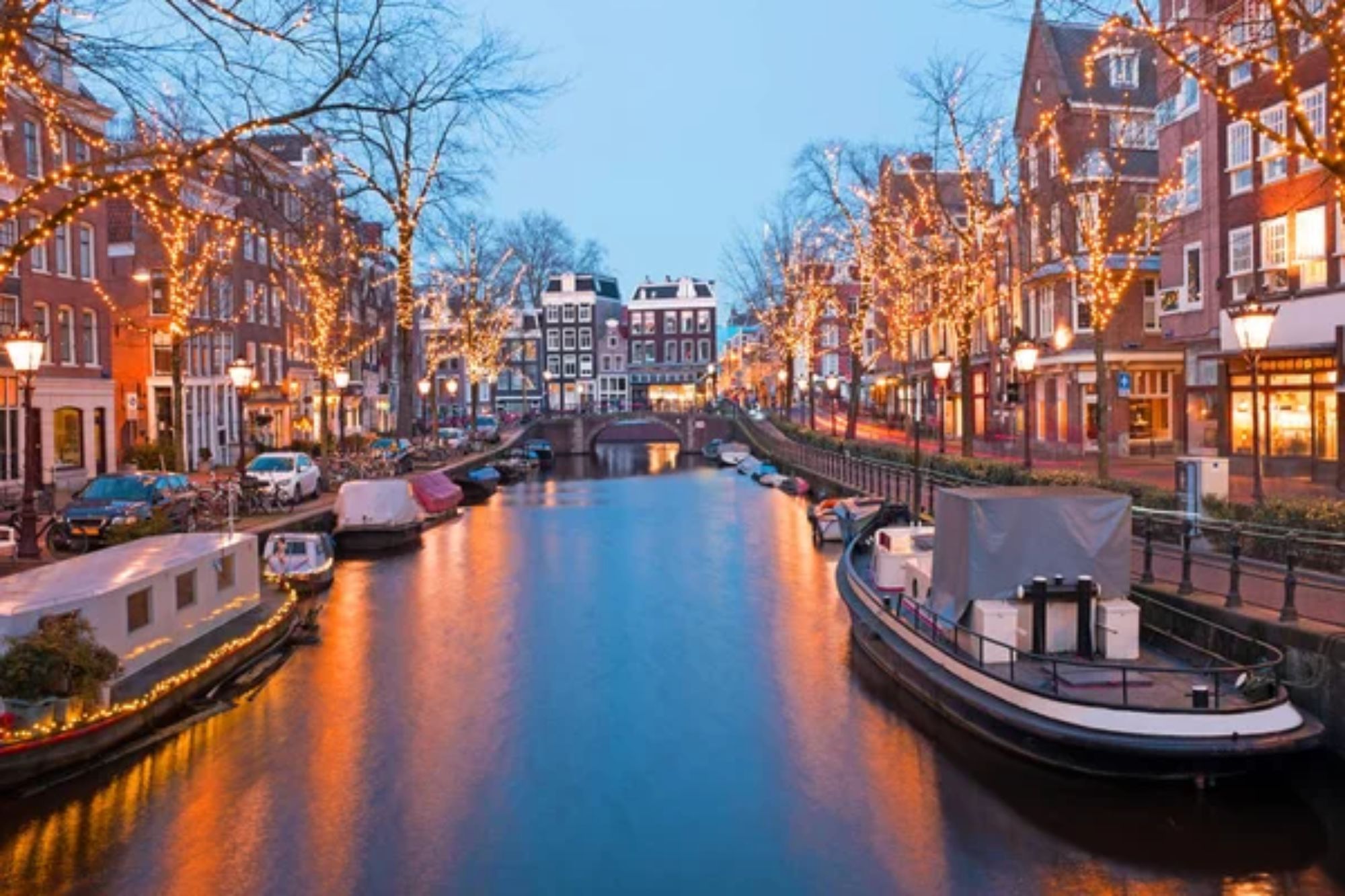
Amsterdam’s real beauty is not found in its landmarks but in its characteristic neighborhoods, where pragmatic tolerance has forged centuries of disparate cultural intersections. The city is still an ongoing experiment in city planning, cross-cultural exchange, and progressive ideas that continue to develop beyond its postcard facade.
Tourists who venture away from the obvious find a multifaceted city in which history and innovation exist in ongoing, fascinating tension.
More from Travel Pug

- Cities Growing so Fast You Won’t Recognize Them in 10 Years
- 13 Destinations Where Tourists Regularly Regret Their Trip
- 20 Obscure WWII Sites Even History Buffs Don’t Know About
- 10 Under-the-Radar Mountain Towns That Are Both Affordable and Beautiful
- Remote Villages in Europe Where You Can Live for Free in Exchange for Work
Like Travel Pug’s content? Follow us on MSN.
